Whales have made their fortune because they are well versed in the market psychology and know how certain players behave. This allows them to think through their strategy several steps ahead. Most traders are reactive – that is, they follow the market blindly. Whales know this, and they use this knowledge.
Moreover, whales have enough capital to set the trends of the crypto market themselves, manipulating prices of cryptocurrencies. It is enough to give traders a small “lure”, and then fear and greed will do their job, enriching the big players. In this article, we will tell you what methods whales use to manipulate the crypto market and how not to fall for their tricks.
Pump & Dump
You may have seen this picture at least once in the crypto market, when a certain cryptocurrency exchange rate first increases rapidly, and then, after a while, sharply collapses. Sounds familiar? This is the Pump & Dump scheme. This is probably the most common scheme that whales use to manipulate the price of cryptocurrencies.
The crypto market is much younger than the stock and currency markets and much less liquid. If you sell $1 billion worth of fiat currency, its price will not change much, and if you sell major shares for the same amount – the price will fall slightly. But if you sell Bitcoin for the same amount, and even more so other cryptocurrencies on exchanges, the rate can instantly fall by tens of percent. This is due to the small capitalization of digital assets – it is hundreds of times smaller compared to the stock market alone.
How does the Pump & Dump scheme work? In order to protect your assets, you need to understand how the mechanism of this method works. It is quite trivial and is implemented in a few simple steps:
1. First, whales buy up an asset and its price starts to grow. As a rule, a group of traders acts and coordinates all their actions with each other. Each group can implement this scheme in its own way: some sharply raise the rate, others do it gradually, which further increases the effect and reduces risks.
2. A network effect kicks in: users see the cryptocurrency exchange rate growing and think about buying, mistakenly believing that this is a signal for growth. Some buy immediately, while others continue to wait and buy when the price has almost reached a local peak. These traders are called “hamsters” in the community – they greedily gain assets, as hamsters fill their mouths with food.
3. As soon as the hype fades away and the price is close to the stagnation or flat phase, the whales begin to close their positions. And those who bought the last, are the biggest losers. Whales almost always make a lot of money, because they bought assets at the very start, provoking their growth.
Such schemes whales use quite often. Watch the Bitcoin or Ethereum chart and you will see how often mountain-like figures appear on the chart, illustrating a sharp increase and a strong pullback.
Market reversal
Whales can turn the market around at any time without fundamental reasons. They watch the positions of other traders and wait for the best moment to turn the trend in the other direction.
The thing is that when the price falls or grows, at a certain moment there is a significant disproportion towards sellers or buyers. For example, when the price falls for a long time, many traders open short positions, that is, to sell cryptocurrencies.
And then it becomes profitable for whales to “knock out” these positions, leaving shortists with losses. After their positions have been closed at a loss, nothing stops whales from turning the price around and starting a new uptrend. Sellers have nothing else to sell, and those who opened short positions earlier start closing them, fixing profits, thereby increasing growth.
But this does not mean that the whales will always be successful. Sometimes strong fundamental factors ruin the plans of large manipulators. And then they lose, and they have no choice but to postpone their plan for another, more appropriate moment.
How not to fall for manipulations
So we found out what methods are used by whales to manipulate the market. The question remains: how do traders act to avoid being hit? There are some simple but effective tips that will help beginners to insure themselves against such situations on the crypto market.
Tip #1. Watch the fundamentals
If the rates of cryptocurrencies grow organically, then this will be indicated by fundamental factors:
- Growing number of Bitcoin and other cryptocurrencies users;
- Increasing number of crypto payments;
- Expansion of platforms that support exchange and payments in cryptocurrencies;
- And so on.
If the exchange rate is growing, but there is no apparent reason for this, then it is possible that whales have entered the game and they want to attract unwary traders to buy more cryptocurrency.
Tip #2. Use a small amount
If you are still afraid to miss out on possible profits from such growth, then follow the principles of risk management and invest only a small part of your money. This way you will be able to increase your capital, but the risks will remain low in the case of a negative scenario.
Tip #3. Use stops
The best way to protect yourself from a correction is to set a stop loss just below the purchase price. This way you determine how much you can afford to lose. And if the cryptocurrency grows a little, then the stop can be moved higher – to the break-even level. In this case, you will not suffer losses if everything goes wrong.
There is also a trailing stop. Stop orders automatically move higher as long as the price rises. Using a trailing stop, you can not only break even, but also get at least a small profit.
Just don’t forget that there are always some risks.
What to do if you succumbed to tricks of whales anyway
If you bought high, and the cryptocurrency exchange rate collapsed, then do not despair. Local fluctuations in the exchange rate are not so significant if you are focused on the long term.
Option #1. Don’t panic
Just keep holding as before. It may take longer before the price recovers, but if you plan to invest in the long term, it doesn’t really matter. And during corrections in the crypto market, you can get cryptocurrency to your portfolio at a lower rate.
Consistency and patience are crucial here. Sometimes it seems as if the exchange rate will not grow, and at such moments you really want to sell cryptocurrency. Don’t rush. It often happens that investors fix losses, and after a little time, the price suddenly starts to rise.
Option #2. Use alternative tools
The market is unpredictable, but there are always alternatives that will help you compensate for some of your losses or increase your profits, depending on the situation. One of such tools is arbitration. Cryptocurrencies are volatile, and because of this, often the rates on different platforms differ. So you can always find a platform where you can sell Bitcoin or altcoins at a higher rate.
But the search for sites takes a lot of time, and while you are transferring cryptocurrency from one exchange to another, the exchange rate may change. In addition, this approach will be difficult for beginners. But some exchanges have found a solution – they offer users to sell Bitcoin at a price higher than the average market rate.
One of such services is HiRiBi. The exchange rate may exceed the market price by 10% or more. HiRiBi supports the exchange of BTC for PayPal USD. In addition, the service uses the Bitcoin Fluctuation Rate mechanism, which allows you to sell bitcoin at the previous higher rate, even if the price dropped. HiRiBi also has a profitable affiliate program that allows you to get 2% of every Bitcoin for PayPal exchange of an invited user.
Conclusion
Now you know how whales manipulate the crypto market and how to protect yourself from this. Do not give in to emotions, but follow the rules of risk management – this will help reduce risks, even if you buy Bitcoin at an inflated rate. But if you learn how to detect the manipulation of whales, you can predict their behavior and understand when to open and close positions.














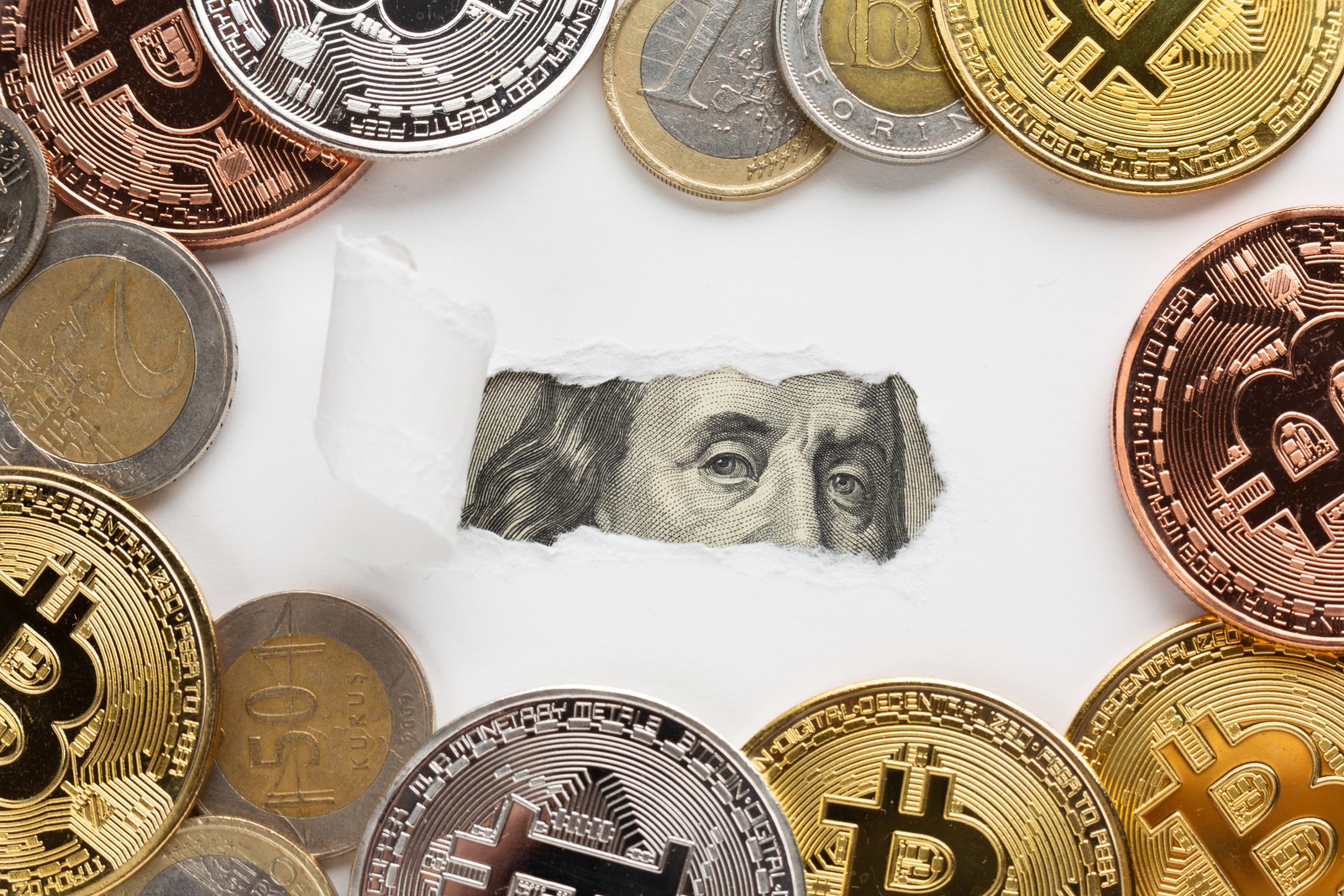

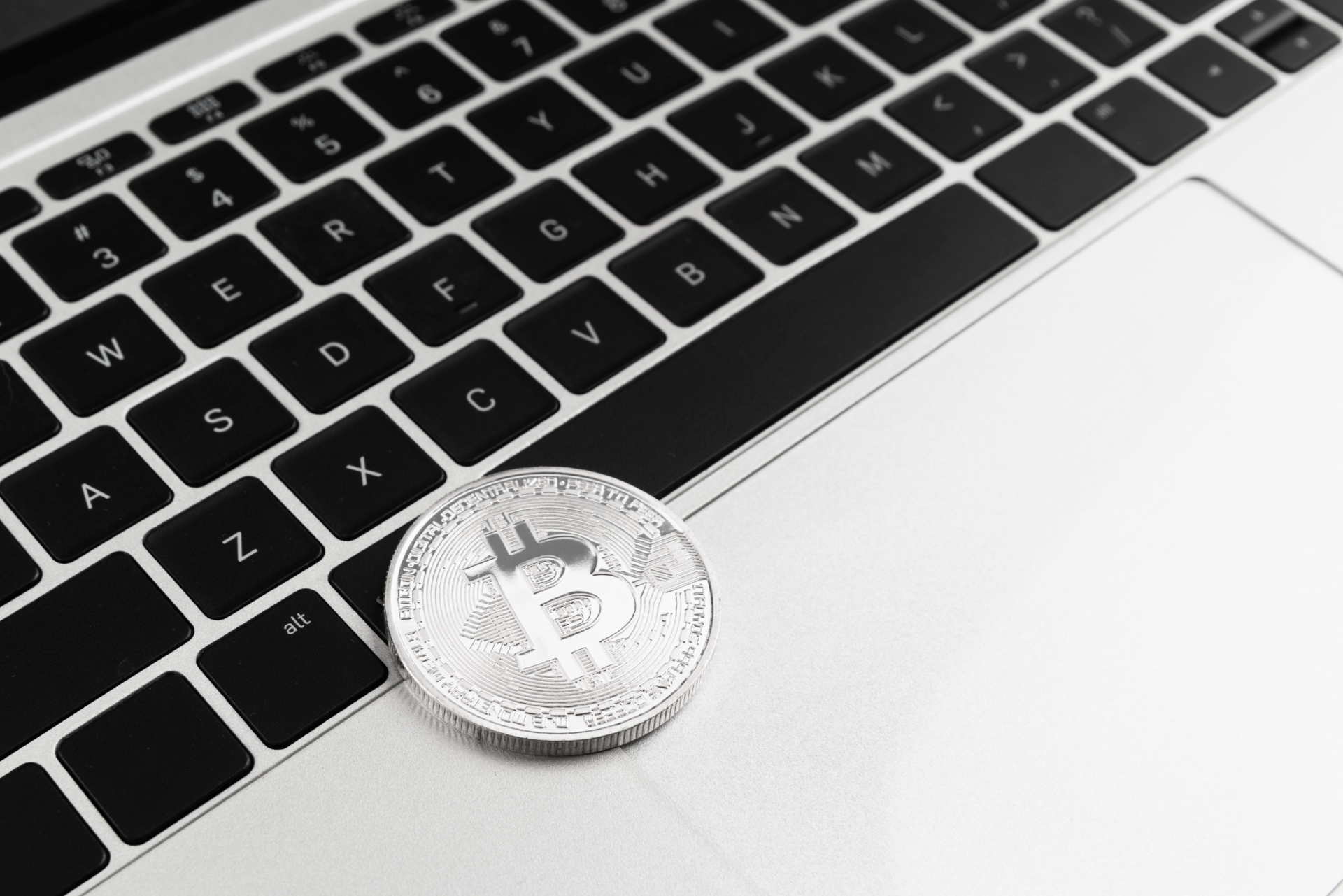























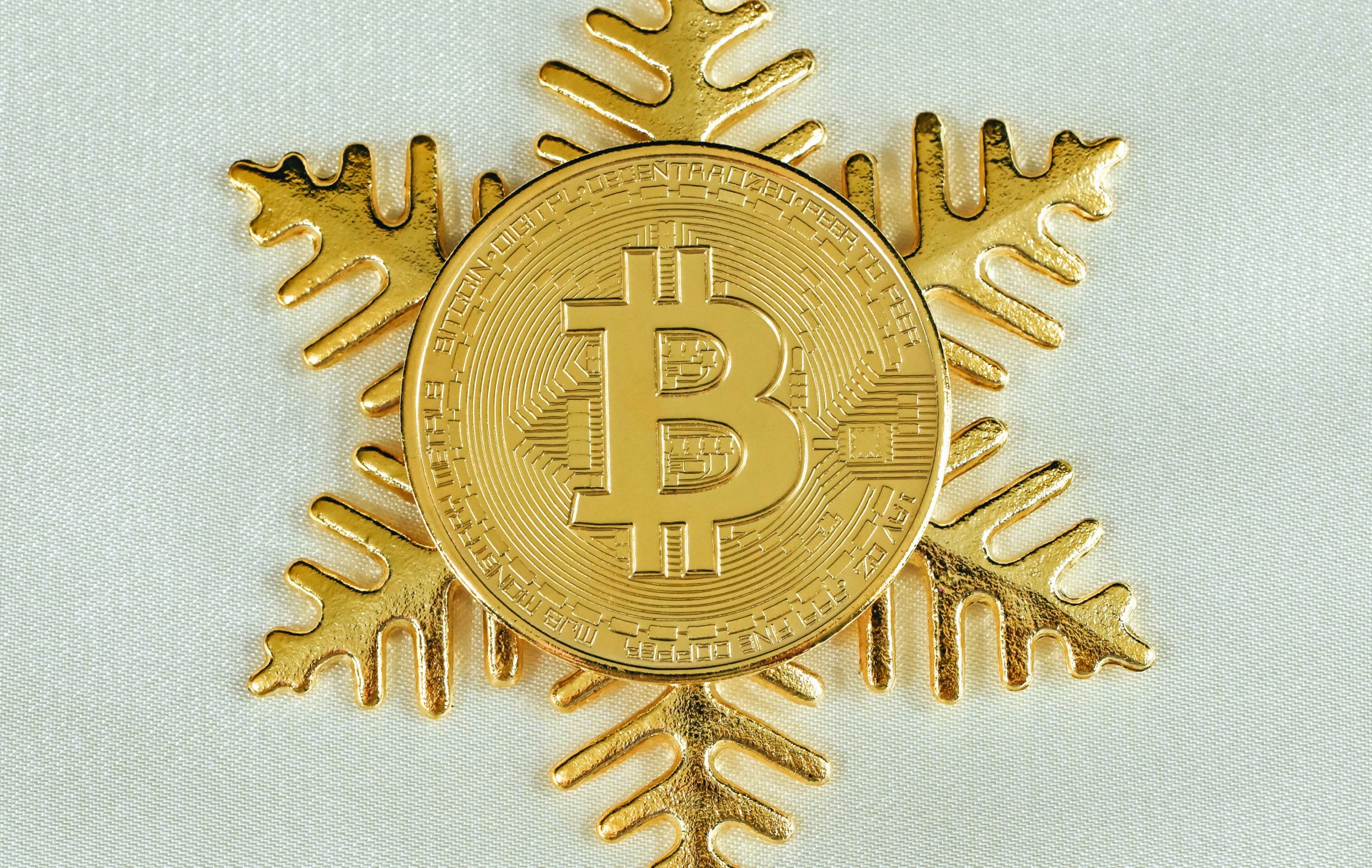



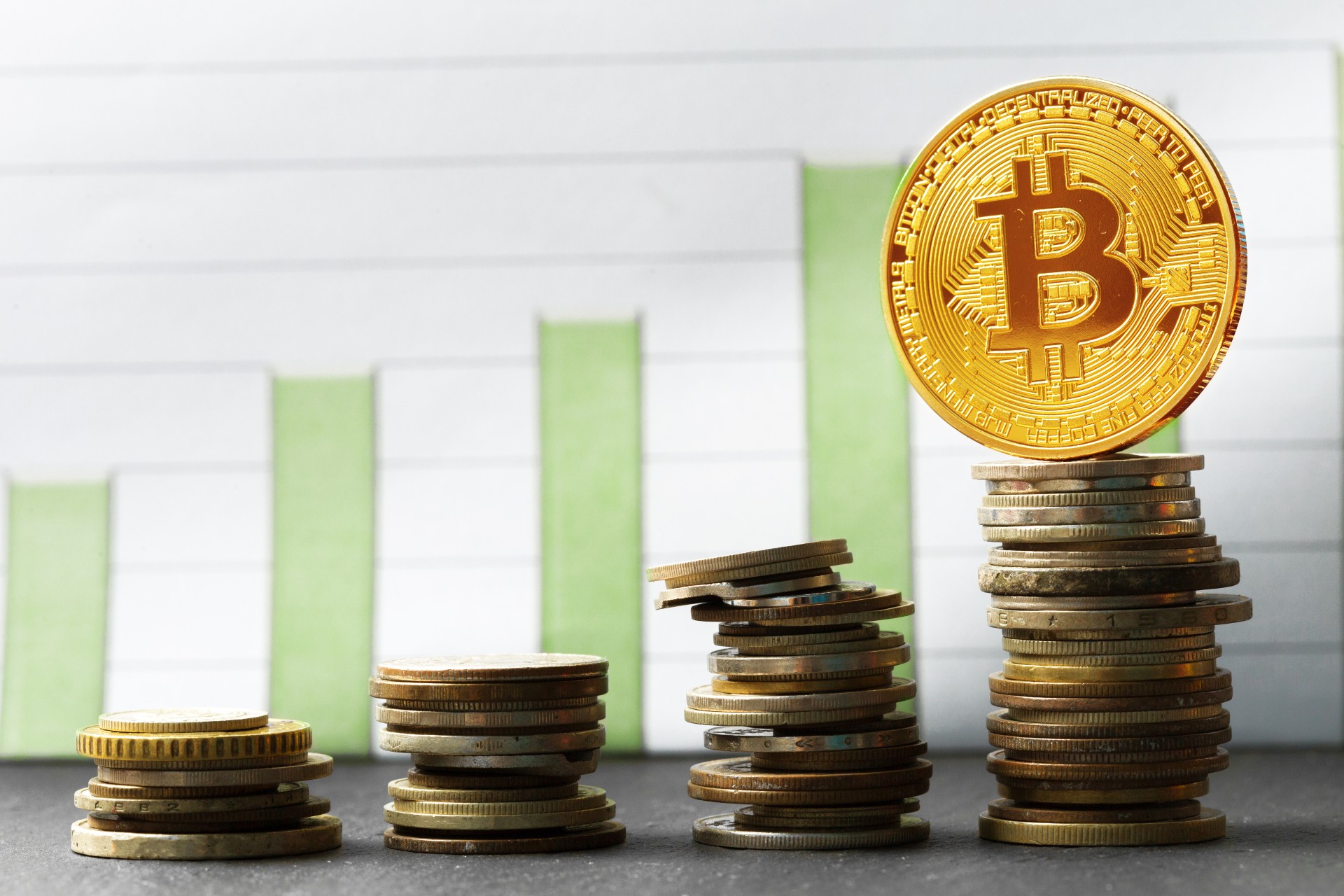


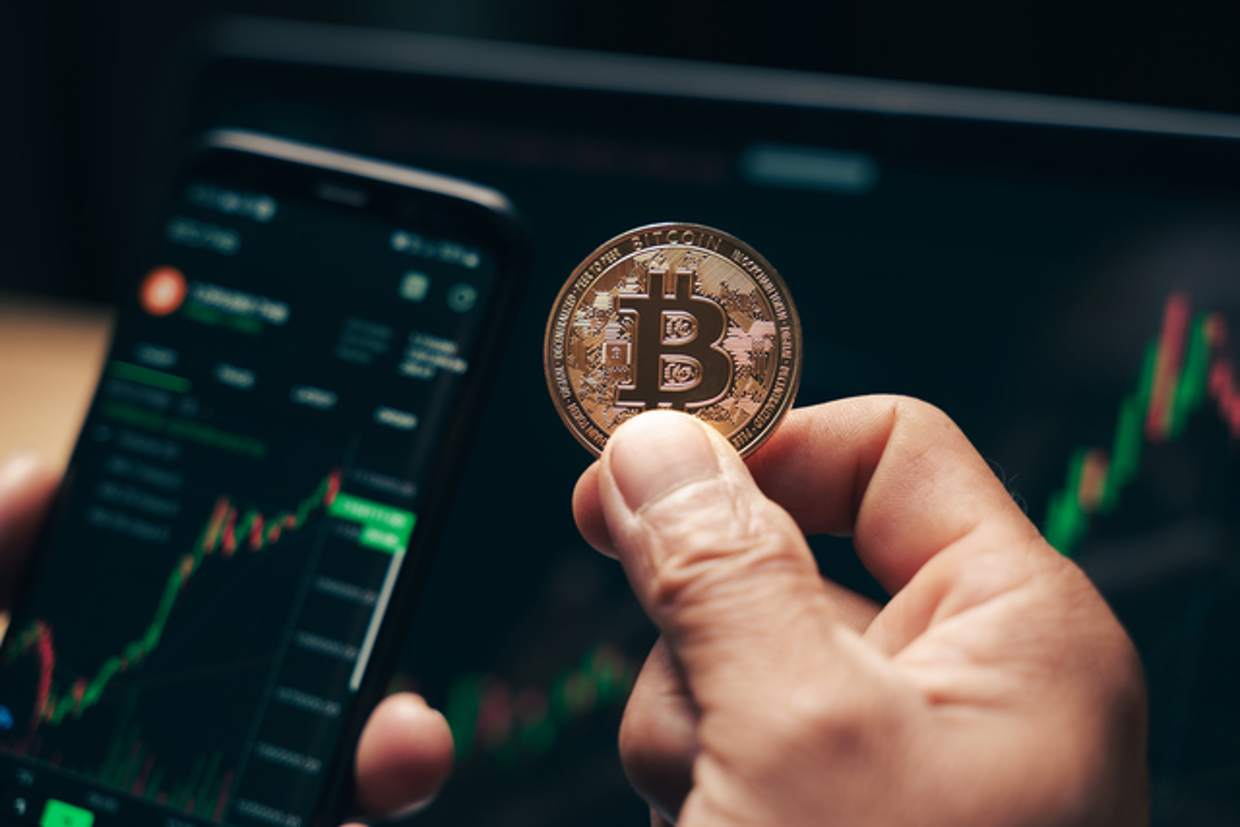





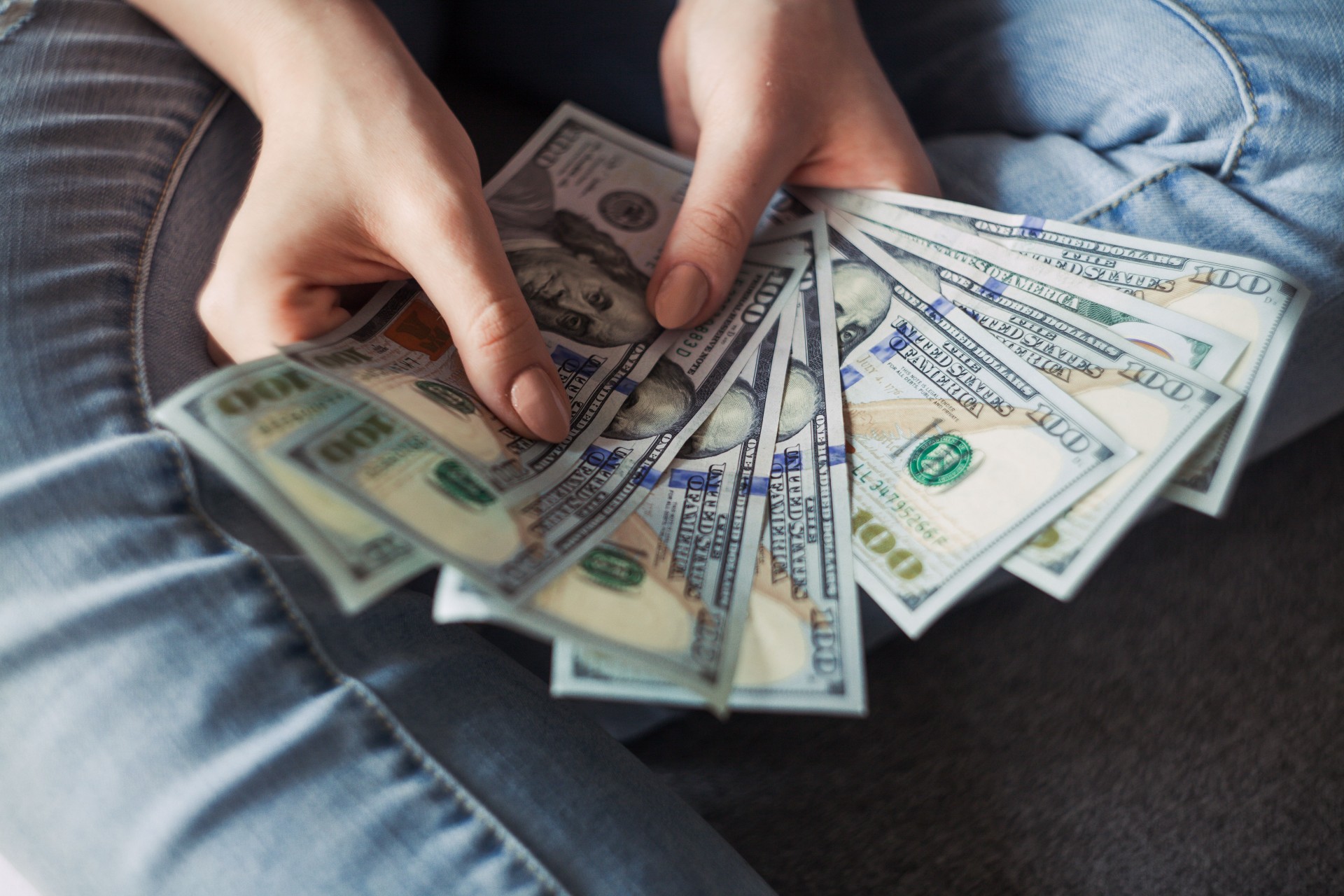
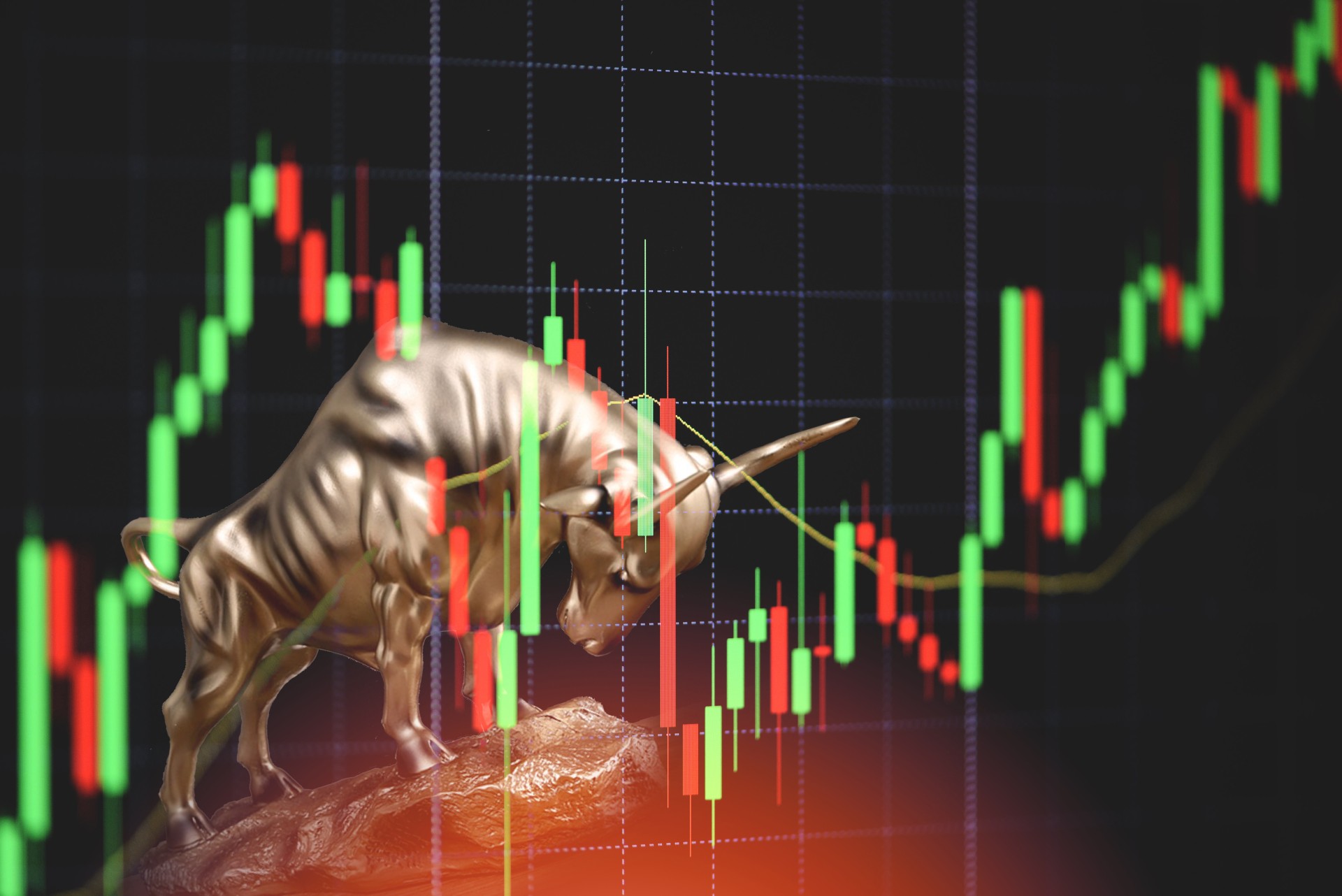


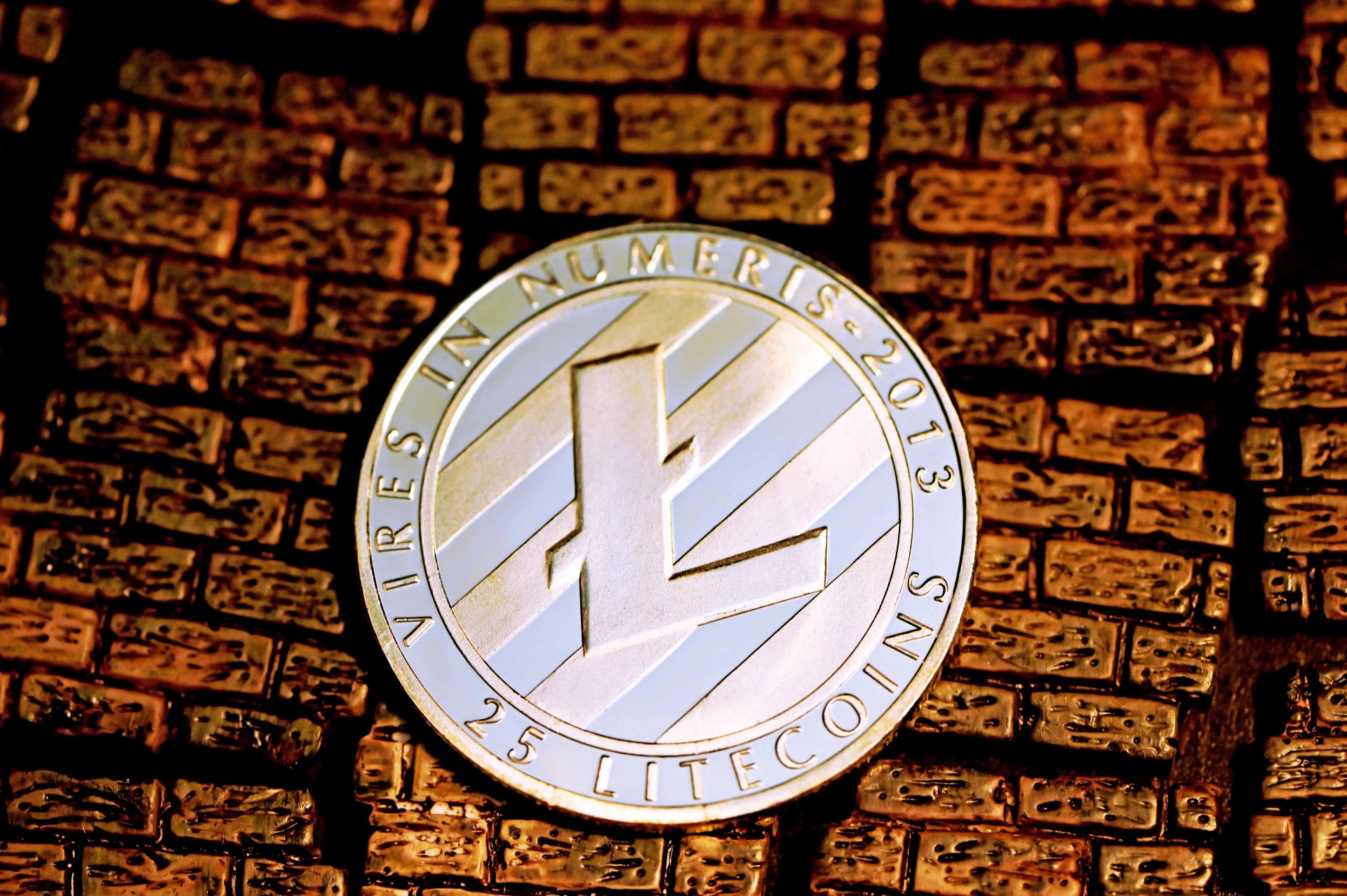
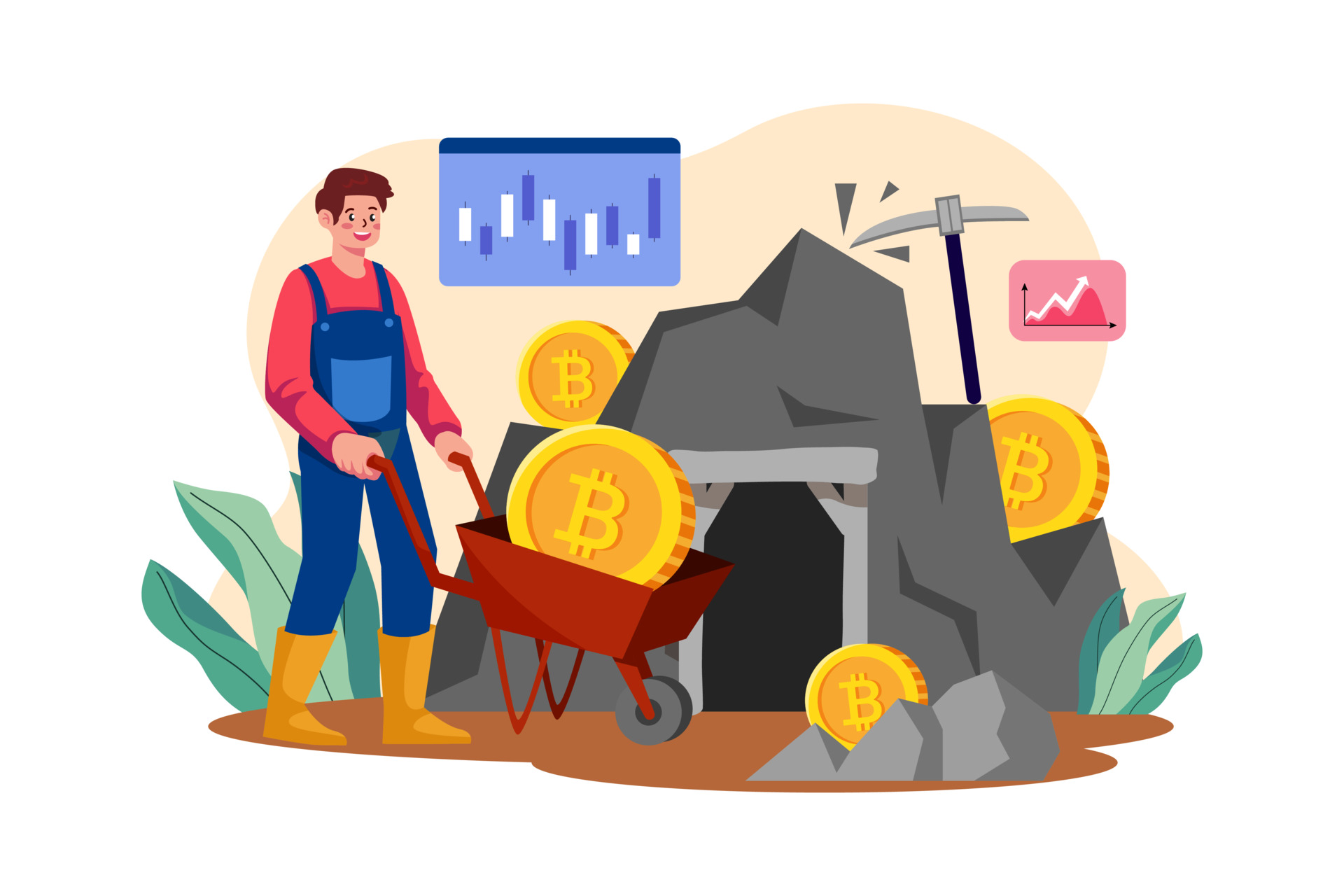

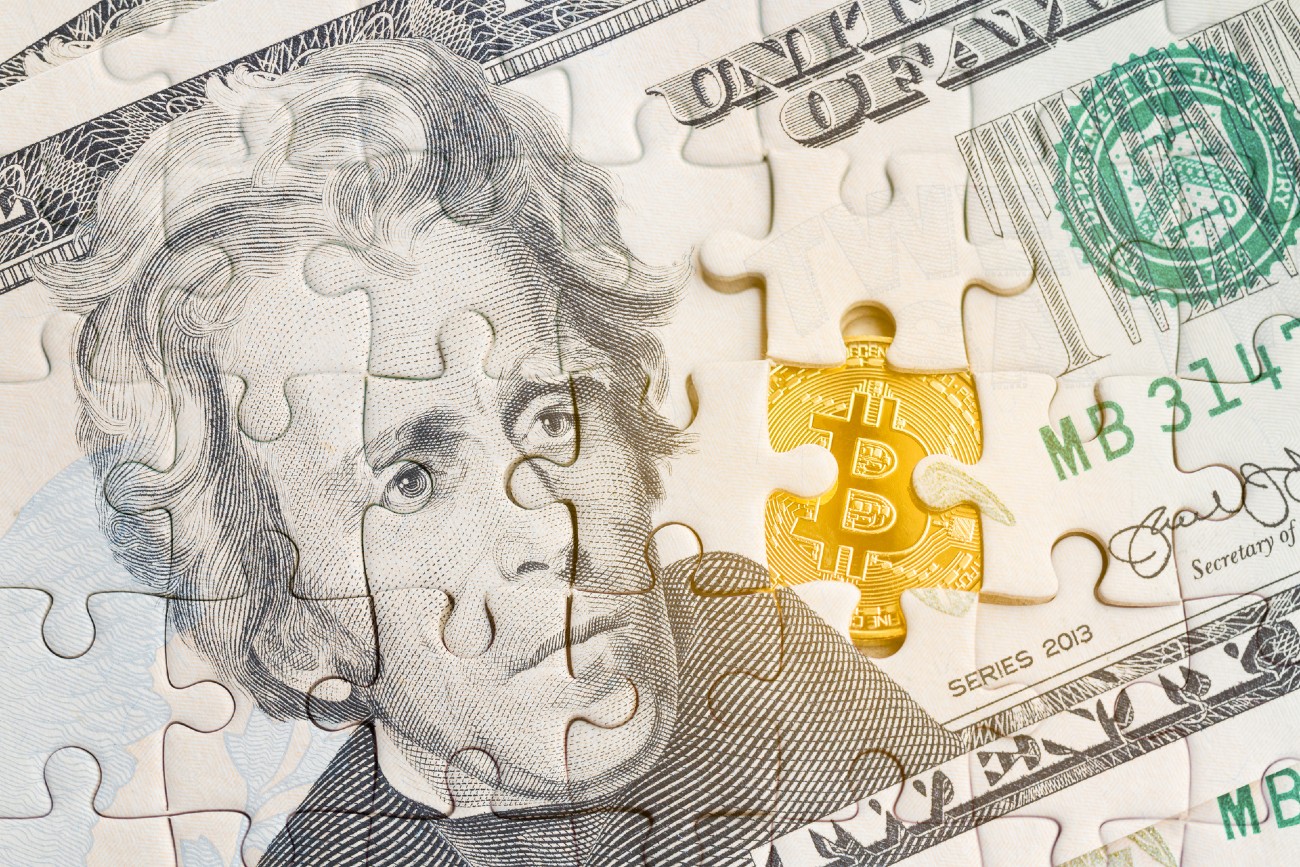
97 comment(s)
3
3
3
3
3
3
3
3
3
3
3
3
3
3
3
3
3
3
3
3
3
3
3
3
3
3
3
3
3
3
3
3
3
3
3
3
3
3
3
3
3
3
3
3
3
3
3
3
3
3
3
3
3
3
3
3
3
3
3
3
3
3
3
3
3
3
3
to 3
3
3
3
3
to 3
3
3
3
3
to 3
3
3
3
3
to 3
3
3
3
3
to 3
3
3
3
3
to 3
3
3
3
3
to 3
3
3
3
3
to 3
3
3
3
3
to 3
3
3
3
3
to 3
3
3
3
3
to 3
3
3
3
3
to 3
3
3
3
3
to 3
3
3
3
3
to 3
3
3
3
3
to 3
3
3
3
3
to 3
3
3
3
3
to 3
3
3
3
3
to 3
3
3
3
3
to 3
3
3
3
3
to 3
3
3
3
3
to 3
3
3
to 3
3
3
3
3
3
3
to 3
3
3
to 3
3
3
3
3
3
3
3
3
3
3
to 3
3
3
3
3
3
3
3
3
3
3
3
3
3
3
3
3
3
3
3
3
3
3
3
3
3
3
3